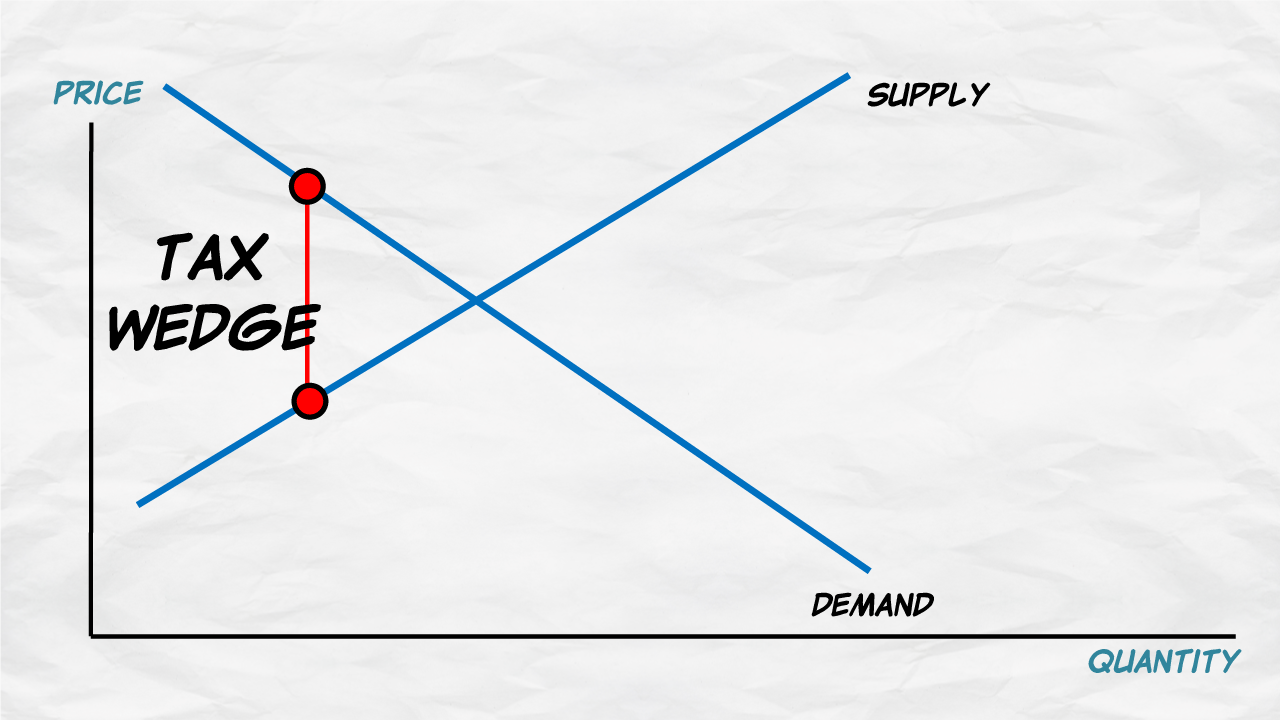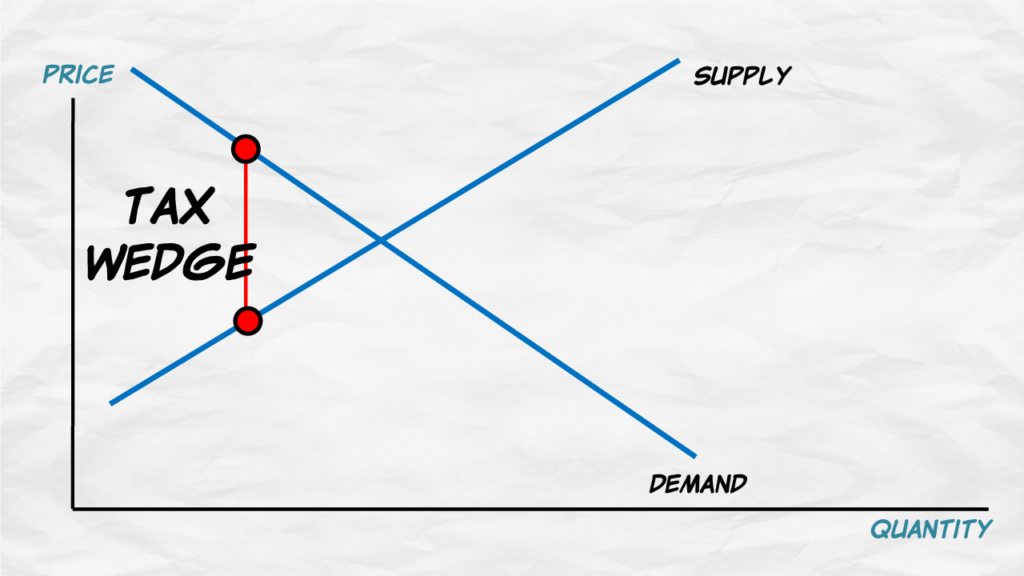
How much do lockdowns really matter? Researchers recently noticed that behavior drastically changed before regulations did. Malone and Bourassa offer a provocative comparison in 538:
This sort of mass behavioral change in such a short time is significant. It took over 50 years and hundreds of billions of dollars in prevention efforts to lower the percentage of people who smoke in the U.S. from 42 percent in 1965 to 13 percent in 2018. Americans reacted to the threat of COVID-19 in a relative blink of an eye.
A reasonable point, but multiple caveats are in order.
1. Lockdowns can easily prolong behavior they did not initially cause. If the government stopped discouraging smoking, few people think it would mount a major resurgence in a year or a decade. But almost everyone thinks that people would start returning to normal life in a few months… unless draconian enforcement stops them.
2. Lockdowns clearly amplify behavioral changes. Look at Florida beaches: lots of people return the day the law changes.
3. The welfare cost of prohibition is much greater than the welfare cost of large behavioral changes. Why? Because the suppliers and demanders most reluctant to change their behavior have the highest consumer and producer surplus! Thus, if only 20% of people would eat in restaurants if it were legal, the value of those few meals could easily be half the value in the market. Check out this textbook graph:

The triangle between the red “tax wedge” bar and the intersection of supply and demand shows the welfare loss of shrinking the market. Double the quantity reduction, and you multiply the welfare loss four-fold. In the real world, of course, the curves are rarely straight lines; instead, enthusiasts’ consumer surplus normally soars into the stratosphere.
4. The massive expansion of unemployment benefits coverage greatly increases the sustainability of the lockdown; new limits on evictions and foreclosures do the same. So if the question is, “How much do emergency policies matter?” rather than “How much do lockdowns matter?” there can be little doubt that the answer is “a lot.” Most people simply don’t have enough personal savings to stop working for months without massive help from the government. And even many people who do have such savings wouldn’t want to burn through their assets for a marginal increase in safety.
What this means is that crisis policies make a big difference – for good or ill. People are taking many precautions voluntarily; but many other behavioral changes hinge on coercion and subsidies, especially after a few weeks of going corona-crazy.

READER COMMENTS
Thomas Hutcheson
May 25 2020 at 10:48am
This looks to me like a straightforward plea for looking at costs and benefits from regulation. If only the principle were applied across the policy spectrum.
robc
May 25 2020 at 11:49am
Whose costs and whose benefits? In the voluntary mode, that is already happening. There were about 350 million cost/benefit calculations made before the government ever got involved.
Ryan
May 25 2020 at 12:03pm
This point would make more sense if you thought net externalities were negligible. But since roughly every 3rd sentence spoken by every single person on the entire planet over the past couple months directly or indirectly references large externalities, I think you’re setting yourself too easy a challenge.
“These anti-pandemic policies make no sense if we first assume diseases aren’t infectious.”
Jon Murphy
May 25 2020 at 12:34pm
Externalities don’t undermine ROBC’s point. His point is crucial to the externality story (see Chapter 5 of James Buchanan’s Cost and Choice). The fact that costs and benefits are subjective and impossible to observe objectively by a third party (absent strong assumptions which do not typically apply in the externality story) makes cost-benefit analysis of government intervention not a straight-forward task.
Ryan
May 26 2020 at 11:14am
If you’re arguing we can’t observe what tradeoffs others are willing to make (which is not the case), then you’re disagreeing with ROBC’s argument and that private action already handles costs and benefits. You have to go farther and just say that because measuring externalities perfectly is impossible, it’s safest to assume they’re zero. But that’s clearly, wildly, incorrect here.
Jon Murphy
May 26 2020 at 11:25am
I am not. What I am saying is we cannot easily attach an objective valuation (like a price) to them and determine whether or not an externality is present the way standard welfare econ wants us to.
For example, let’s say you have two situations:
Scenario A: A man buys a dog for $100. The dog barks and imposes some cost on the neighbor.
Scenario B: A man buys a dog for $100. The dog barks and imposes some cost on the neighbor.
In which of these is there an externality present and in which of these is the externality internalized?
Ryan Peterson
May 26 2020 at 12:13pm
But we kinda can though. (Not sure what your example was trying to do since the words appear to be identical.) But do please read the rest of my comment. You aren’t making a good argument for why there isn’t an extremely good reason to believe people just working out their own choices & costs aren’t going to systematically choose overly risky behaviors because they don’t internalize chance of infecting others. Yes, you can imagine a weird world where that’s unclear but this isn’t a college dormroom or an IHS camp, it’s not a game, and we don’t really have to pretend that bad things might be good hypothetically.
Thomas Hutcheson
May 26 2020 at 12:41pm
Presumably the buyer understood the risk that the dog would bank and that affected his cost-benefit analysis of the purchase. How does the price of the dog have anything to do with the annoyance the neighbor feels about the barking?
Jon Murphy
May 26 2020 at 12:53pm
Excellent question! In there lies the heart of the problem with Pigouvian analysis.
A price only reflects the full costs and benefits under a very precise set of circumstances (general equilibrium with no quasi-rents). Thus, merely by observing the price one pays and the presence of some external cost on an individual, we cannot conclude that the cost has not been internalized by the individual making the purchasing decision! In other words, we need more information to determine whether or not an outside force (ie a tax) needs to be applied.
Jon Murphy
May 26 2020 at 2:57pm
Yes, they appear to be identical.
The point is that it is merely an assumption (and one that has been shown empirically to be rather weak) that people systematically choose overly risky behaviors because they don’t internalize externalities.
Actually identifying an externality relevant for policy is extraordinarily difficult. It ends up being nothing more than a judgment call most of the time; a judgment call divorced from the actual people involved.
Thomas Hutcheson
May 26 2020 at 8:18am
Good questions. I’m just pointing out that Caplan implicitly raises the who’s benefit, whose costs in his analysis. I think that is a good thing; others may not.
John Alcorn
May 25 2020 at 3:10pm
Lockdowns also reduce some behavioral changes. For example, lockdown delays economic adjustment (reallocation of capital and labor), at least among so-called ‘non-essential’ sectors.
Lockdowns also deepen disruption of supply chains, and thereby exacerbate economic contraction in nations (or in other jurisdictions) that don’t have lockdown, but rely on external supply chains. For example, although Sweden doesn’t have lockdown, the recession from voluntary social distancing there is compounded by lockdowns among Sweden’s trading partners.
See a new study by Barthélémy Bonadio (U. of Michigan) et al., “Global Supply Chains in the Pandemic,” National Bureau of Economic Research Working Paper No. 27224 (25 May 2020). The authors find that “unilateral lifting of the lockdowns in the largest economies can contribute as much as 6-8% to GDP growth in some of their smaller trade partners.”
John Alcorn
May 26 2020 at 12:45pm
Lockdowns matter because they are inefficient. For example, compare South Korea’s alternative mitigation strategy:
If a polity suspends privacy, then real-time public disclosure of new cases (identity, location) can minimize trade-off between pandemic mitigation and economic contraction. Compared to lockdown, full public disclosure of new cases can achieve a target level of pandemic mitigation with much less economic contraction. See the study by David O. Argente (Penn. State U.), Chang-Tai Hsieh (U. Chicago), and Munseob Lee (UC-San Diego), “The Cost of Privacy: Welfare Effect of the Disclosure of COVID-19 Cases,” NBER Working Paper No. 27220 (May 2020). The authors calibrate their model with data from Seoul, South Korea. They write:
John Alcorn
May 26 2020 at 1:21pm
Lockdowns matter also because they provided a focal point for policy when imperfectly prepared nations belatedly reacted to flatten the curve, lest the number of severe Covid-19 cases exceed hospital capacity. Many countries weren’t ready to emulate South Korea or Taiwan. The immediate choice seemed to be: Sweden or lockdown? Political psychology, the salient example of China’s eradication of the pandemic in Wuhan through lockdown, skewed forecasts by epidemiologists (e.g., Neil Ferguson), salient infections among political elites in the UK, uncertainty about hospital capacity, and the ability of cognitive elites to work from home induced most countries to embrace lockdown.
John Alcorn
May 26 2020 at 1:34pm
Lockdowns matter because they induce a specific change in psychology, involving two mechanisms: sunk-cost fallacy + moving the goalposts. The initial thought was: ‘We need temporary lockdown to flatten the curve, otherwise the exponential wave of contagion will exceed hospital capacity.’ After the curve was flattened, the thought became: ‘We have made sacrifices, we mustn’t stop until we contain and eradicate the virus.’ Containment (eradication) replaced mitigation (slow contagion towards herd immunity) as the policy psychology.
Comments are closed.